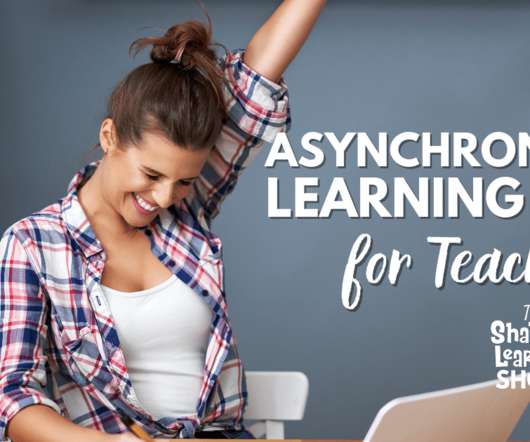Open Badges in Elementary School
The CoolCatTeacher
APRIL 17, 2018
And Amy, you’re working with digital badges or open badges in elementary school. What are open badges, and how does this work with elementary kids? What is a digital badge and how do students earn one? Vicki: So how do they earn these badges? Help us understand. This is my goal.























Let's personalize your content